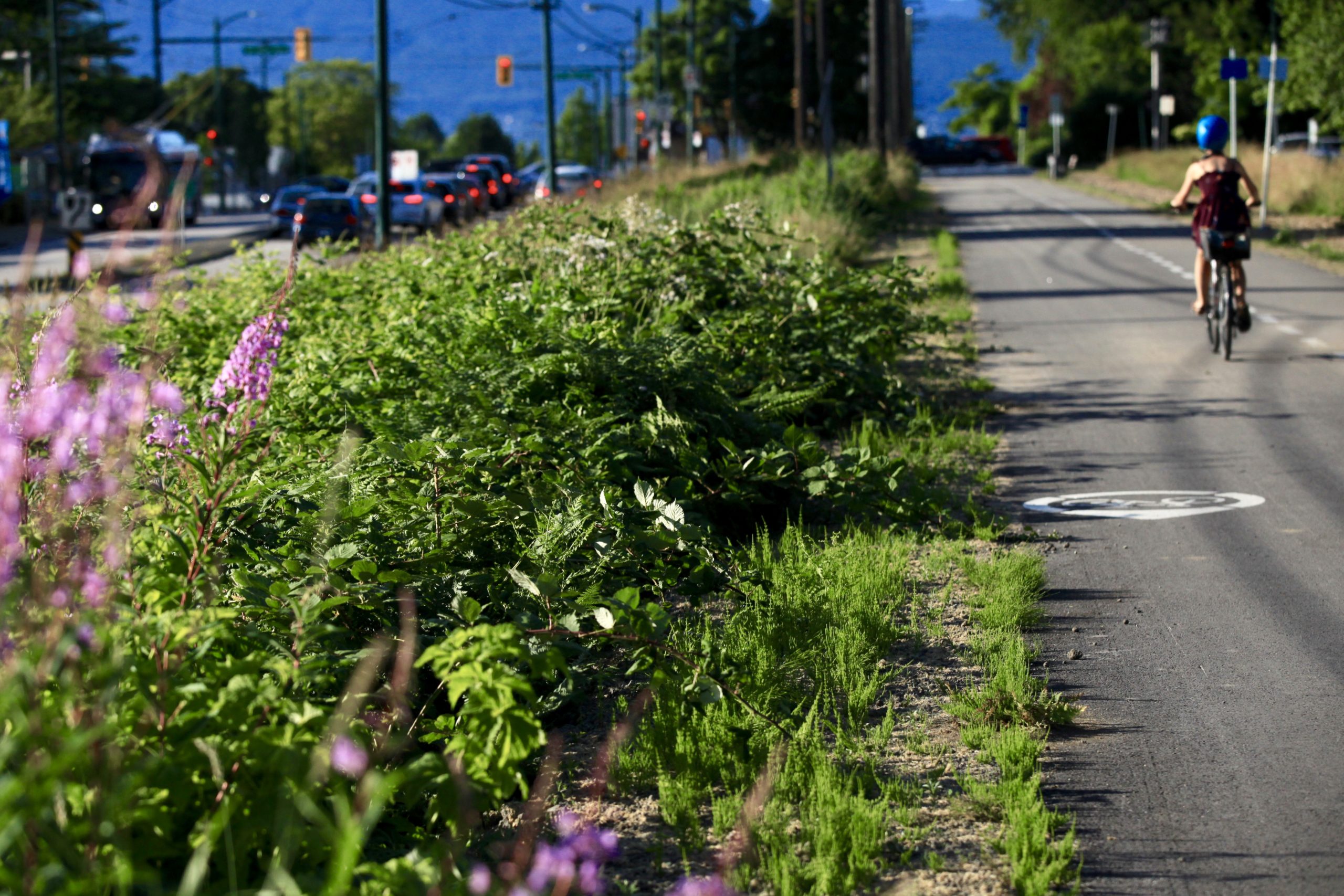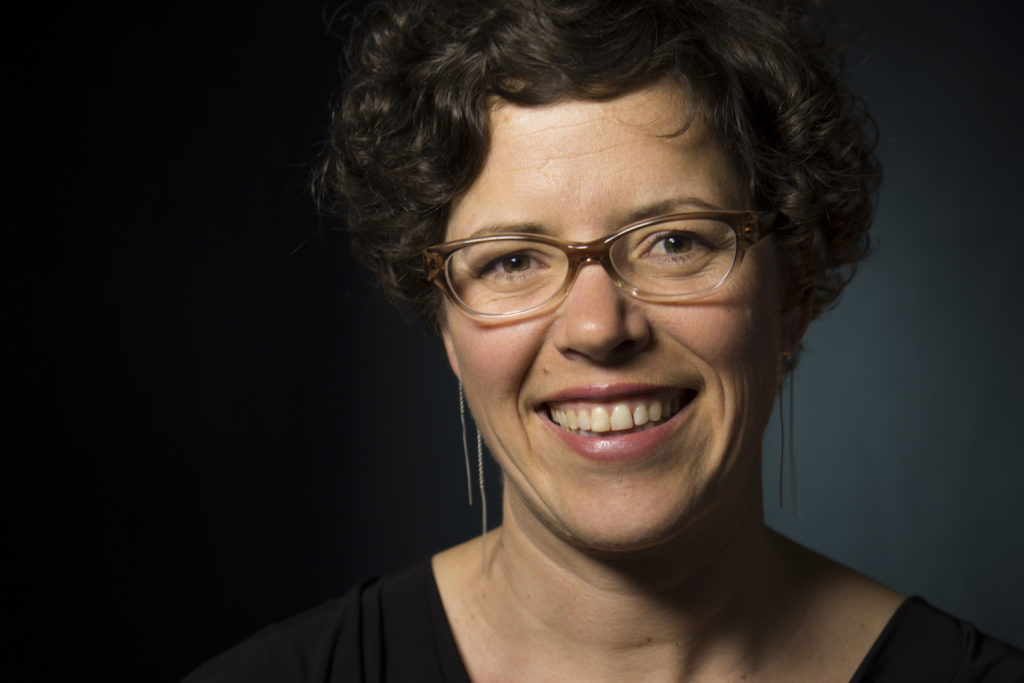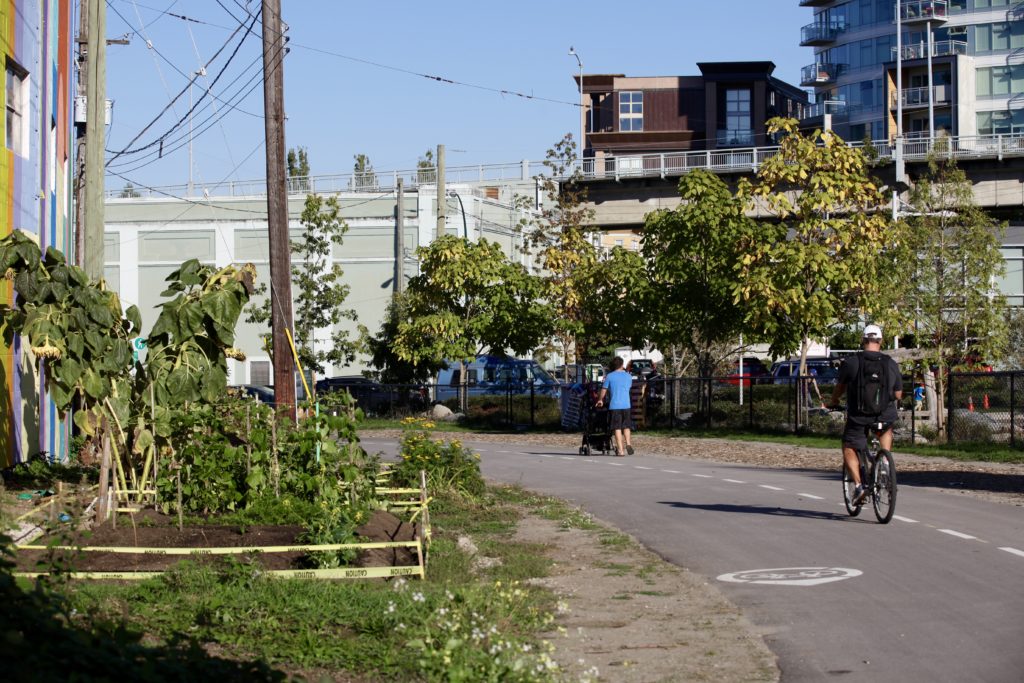This article about health and city design is powered by Concert Properties, presenting sponsors for Science World’s feature exhibition Towers of Tomorrow, empowering us to explore the intersection of urban planning and community collaboration.
In the past, various community stakeholders have argued that Vancouver’s public challenges--including physical inactivity, social isolation, mental health and well-being--share a common denominator: the city’s long and storied lack of a central public square.
Today, the global pandemic has infiltrated each of these problems, including that missing public square. And Dr. Meghan Winters argues that because of this, the built environments of our neighbourhoods have never been more important.
Dr. Winters is an epidemiologist and associate professor at SFU in the Health Sciences department. She studies how community design impacts the ways people get around and connect with one another.


